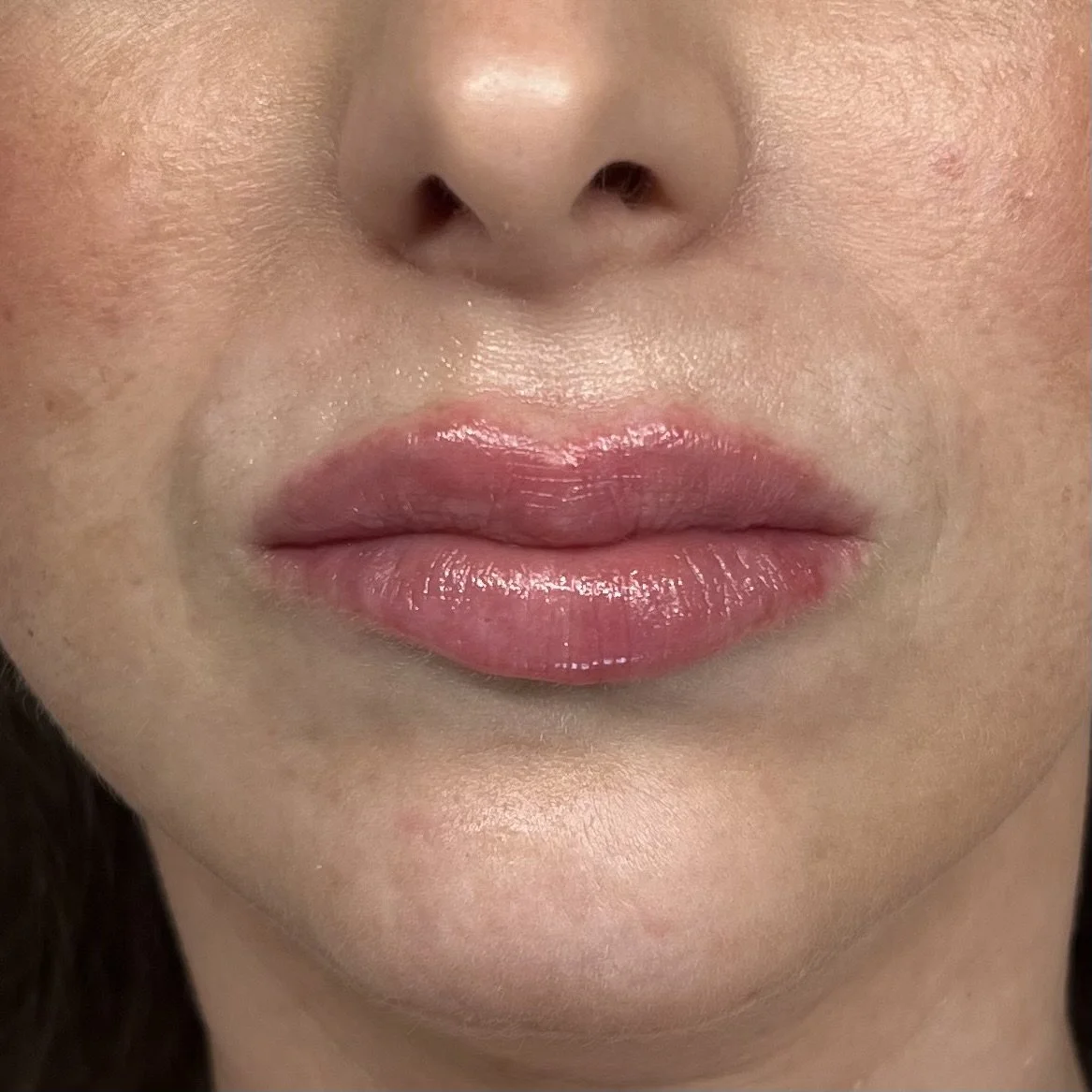
Dermal Filler Injections
What Are Dermal Fillers?
Dermal fillers are injectable treatments designed to restore volume, smooth wrinkles, and enhance facial contours. They are a popular non-surgical option for rejuvenating the face, giving you a refreshed, youthful appearance without the need for invasive surgery. Dermal fillers are primarily used to treat fine lines, facial wrinkles, loss of volume, and other signs of ageing.
Dermal fillers can address various areas of the face, including
Nasolabial Folds: The lines from the nose to the corners of the mouth.
Marionette Lines: The lines that run from the corners of the mouth to the chin.
Cheeks: Restoring volume to hollow or sunken cheeks.
Lips: Enhancing lip volume, shape, and definition.
Temples: Restoring lost volume for a more youthful appearance.
Under-eye hollows (Tear Troughs): Reducing the appearance of dark circles and puffiness.
Chin and Jawline: Contouring the lower face to create a more defined look.
Why Choose Dermal Filler Injections?
Benefits of Dermal Fillers
Non-Surgical: No need for incisions or general anesthesia.
Quick and Convenient: Most treatments take only 15-60 minutes and require little to no downtime.
Natural Results: When administered by an experienced practitioner, dermal fillers provide subtle and natural enhancements.
Customisable: Treatment plans are tailored to each individual’s needs, whether you want to address wrinkles, volume loss, or contouring.
Minimal Recovery: You can return to normal activities almost immediately, with only minor swelling or bruising as side effects.
FAQ’S
-
Dermal fillers work by injecting a gel-like substance beneath the skin's surface. These substances, which vary in composition, help to restore lost volume, fill in wrinkles, and stimulate collagen production. Over time, the body absorbs the filler material, and the results gradually fade, making touch-up treatments necessary to maintain the desired look.
-
Types of Dermal Fillers
There are several types of dermal fillers, each designed to address specific concerns. The most common categories include:
Hyaluronic Acid Fillers (HA)
Hyaluronic acid is a naturally occurring substance in the skin that retains moisture and adds volume. HA fillers, such as Teosyal, Juvederm and Restylane, are among the most popular due to their versatility and safety. They are commonly used to treat nasolabial folds, marionette lines, and lip enhancement.Calcium Hydroxylapatite Fillers (Radiesse)
Radiesse is a thick gel filler that stimulates collagen production and is ideal for deeper wrinkles and facial volume loss. It is often used for cheek volume restoration and jaw/jawline rejuvenation.
-
Non-Surgical: No need for incisions or general aesthesia.
Quick and Convenient: Most treatments take only 15-60 minutes and require little to no downtime.
Natural Results: When administered by an experienced practitioner, dermal fillers provide subtle and natural enhancements.
Customizable: Treatment plans are tailored to each individual’s needs, whether you want to address wrinkles, volume loss, or contouring.
Minimal Recovery: You can return to normal activities almost immediately, with only minor swelling or bruising as side effects.
-
The longevity of dermal fillers depends on the type of filler used and the area treated. On average, results can last anywhere from 6 to 18 months. Hyaluronic acid fillers may last around 6 to 12 months, while other types like Radiesse can last up to 2 years. Regular touch-up treatments can help maintain your results.
-
Consultation: Your practitioner will discuss your goals, assess your facial features, and recommend the most appropriate filler for your needs.
Preparation: The area to be treated will be cleaned, and a topical numbing cream or local anesthetic may be applied to ensure comfort.
Injection: The filler will be injected into specific areas of the face using fine needles or cannulas.
Post-Treatment: You may experience minor swelling, bruising, or redness, but these effects usually subside within a few days.







